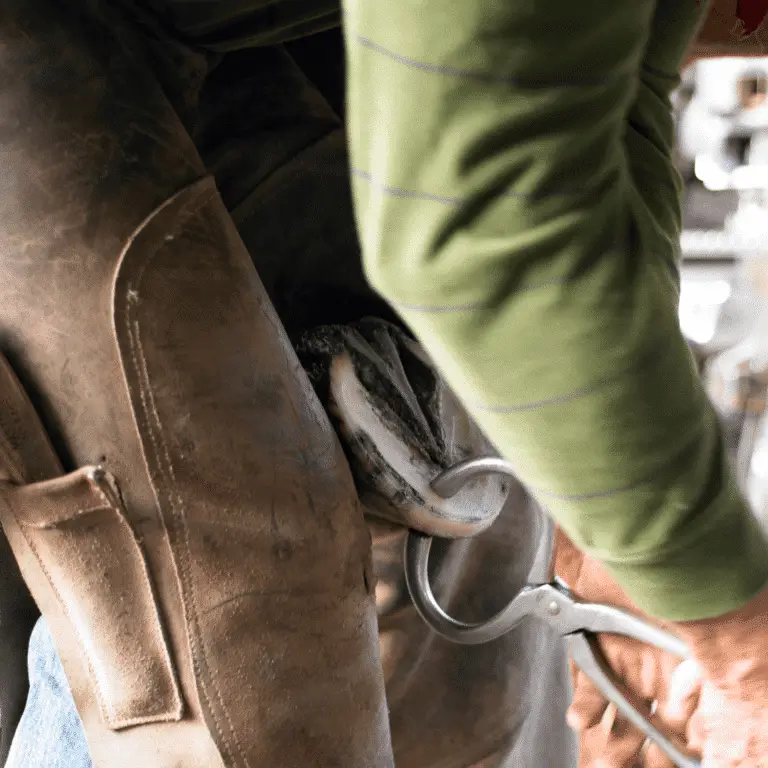White Line Disease is caused by the invasion of fungi or bacteria which attacks the hoof-wall tissue, causing it to separate from the sole at the white line of the hoof.
These fungi and bacteria can only enter when there is a separation due to a deformation of the hoof, an imbalance in the hoof’s moisture due to extreme moisture or dryness, trauma or lamintis.
